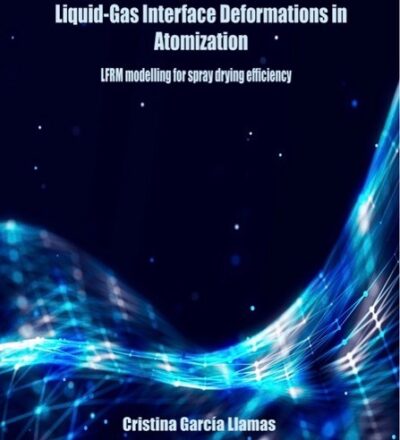Spray drying is a widely employed unit operation to transform suspensions into powders. In this process, the liquid is atomized into ligaments and droplets, which are dried in a hot-air stream. Spray drying offers precise control over the size, shape, and moisture content of the solid particles and it can be conducted continuously over a broad range of production rates.
Despite these advantages, the intricate multi-scale exchange of heat, mass, and momentum between the droplets, the drying gas, and the solid particles presents challenges that affect the efficiency and predictability of the process. Additionally, the transport between these phases is largely influenced by the droplet morphology and the droplet size distribution, which in turn are affected by the merging, break-up, and agglomeration processes occurring during the atomization and drying phase. To optimize the quality of the product while minimizing the energy requirements, it is critical to achieve a detailed understanding of the physical mechanisms influencing the atomization process.
Modelling techniques offer an excellent possibility to study the atomization as they provide detailed information on the spatial distribution of key variables. However, due to the wide range of time and length scales involved in the atomization process, a high degree of grid refinement is required which results in highly expensive computations. In order to minimise the computational time while maintaining an accurate representation of the liquid-gas interface, the researchers in this thesis performed Direct Numerical Simulations (DNS) in combination with the Local Front Reconstruction Method (LFRM) to represent the liquid-gas interface.
Download your free copy
Our publications are free to access. Simply provide your first name and email address to download.
